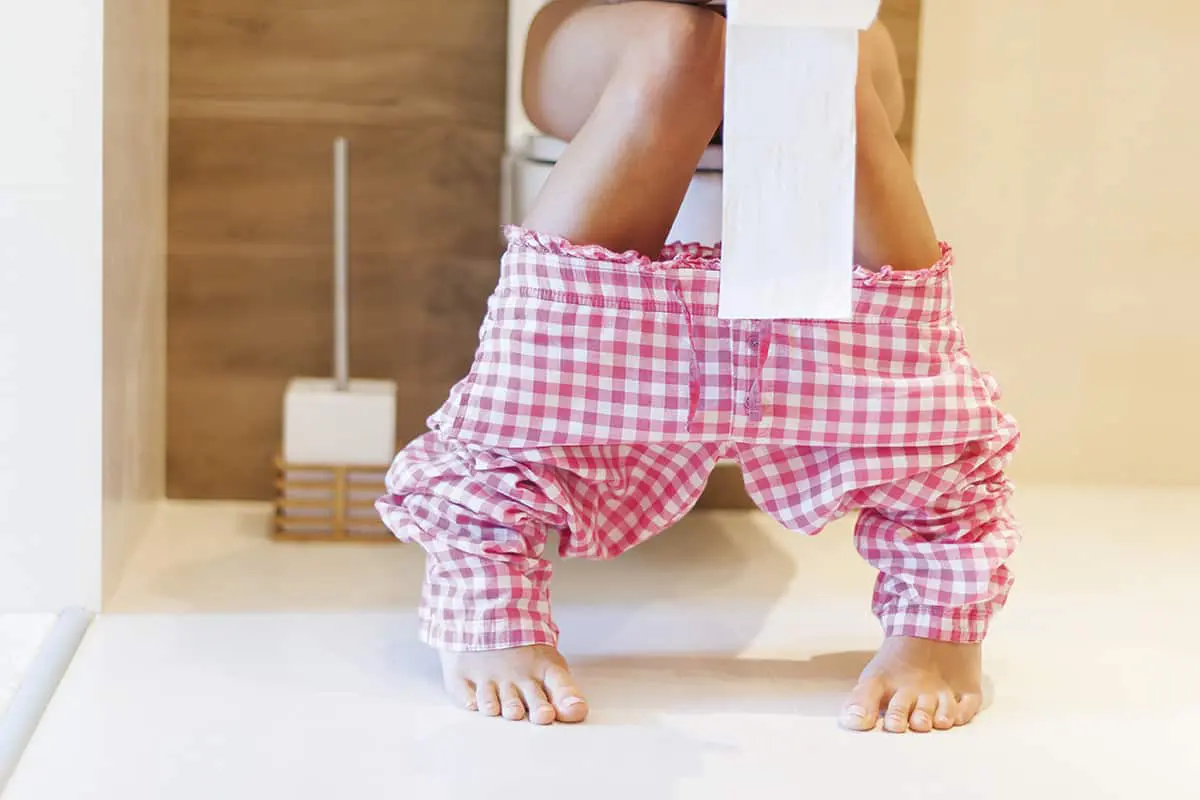By Dr. Norene Christensen, PT, DSc, OCS
–
It’s easy to think that putting up with a little leak when you laugh, cough, or jump is just a part of life—but it’s not. Many people suffer in silence due to the embarrassment of not only urinary leakage, but also bowel leakage, an overactive bladder, pelvic organ prolapse, and pelvic pain that leads to sexual dysfunction. So, let’s start a conversation …
Most women think incontinence is a natural consequence of having babies, but if that is true, then why are some women who have never had a child struggling with incontinence, too?
Take Jodi, for example, a twenty-three-year-old NCAA track and field athlete who experiences incontinence while running and cross-training. For Jodi, it started in high school, but she never told anyone. You see, people are incontinent for different reasons. Some have muscles that are too tense to work properly. Some women cannot contract their pelvic floor muscles (PFMs) at all. And there are others who have superstrong muscles that still leak—often due to muscle incoordination.
Here are some stats to consider: One in three women, one in two female athletes, and one-third of all men leak urine. Plus, half of the women doing Kegel exercises do them improperly. So, unless there is an underlying medical issue, LEAKING IS NOT NORMAL!
Big Industry
The estimated annual cost of incontinence in the U.S. is $19.5 billion, of which 50 percent to 75 percent is attributed to self-care items (pads, diapers, deodorants, and skin care). One company’s marketing even tells you to “embrace your incontinence” (and buy their pads)! Amazon carries PFM trainers of all sorts. Women use vaginal weights—yep, weight lifting for your vagina. Fun, right? And there are apps reminding you to do your Kegels, as well as Kegel trainers that link to an app on your phone, that supposedly tell you if they’re done correctly (but not really). These get-rich marketing schemes capitalize on incontinence, rather than educate people about how to resolve it.
Incontinence and pelvic pain are also hot topics in major media sources like Elle Magazine, Prevention, and Cosmopolitan. The conversation is starting, but you can’t go it alone. A pelvic health physical therapist will ask questions and perform a full evaluation to figure out exactly why you leak, since just doing Kegels usually doesn’t help.
It’s Not Just Your PFMs
Sufferers of constipation or those who have difficult bowel movements (sometimes requiring toilet gymnastics) can also experience pelvic floor dysfunction. This means the PFMs stop helping the way they should. If you have to bear down or really work hard to defecate, your PFMs become tense in an effort to fight back against internal pressure. This response inhibits the relaxation of your PFMs for easy elimination. Some people combat this by reducing their fluid intake to prevent urinary leakage, but this only concentrates the urine, creates drier and harder stools, and makes the bladder more sensitive or overactive over time. Maintaining good fluid and dietary management is imperative for a healthy pelvic floor. Managing your bowels and positioning yourself on the toilet the right way is equally important.
There Is No ‘I’ In Team
Many people will say, “Oh, Kegels don’t work. I’ve been doing them for years and I still leak.” True—because no muscle in the body works in isolation, including PFMs. In the past, people were told to do Kegels—maybe two hundred to three hundred a day—or use a fancy gadget and, voila, you’ll be continent! We now know that doesn’t work.
Current research shows that PFMs are actually part of the neurological system, tied to other regional muscles, including the diaphragm. When there is a weakness in the system, we may experience a myriad of symptoms, including incontinence, lower back pain, pelvic girdle pain, pelvic organ prolapse, hip pain, knee pain, and neck pain. Research also tells us that body alignment contributes to our ability to access our neurological system. Differentiating between chronic holding patterns, versus being weak or just uncoordinated, is key information for therapists.
Eating habits, fluid intake, toileting behaviors, and constipation all play a role. PFMs need to be able to function through a full range of motion in order to have the elastic recoil to respond to pressure (i.e., sneezing). Understanding an individual’s unique PFM issues dictates his or her rehab program. Some women look at me like I have five heads when I tell them they need to learn to breathe and relax their abdomens to be continent.
So What’s A Girl (or Boy) To Do?
Seek out a specialized pelvic floor physical therapist, put in some effort, and results will come within three weeks to three months. I liken PFM physical therapy to orthopedics in a cave. We are dealing with muscle, nerves, and a neurological system. Okay, so there are also a few organs involved, but they are all connected by fascia and are closely integrated. We don’t just assess strength, coordination, and tissue tone. We look at the whole enchilada: postural alignment, breathing patterns, regional strength, movement patterns, intra-abdominal pressure management, bowel and bladder habits, and an internal assessment of your PFMs. After that, we develop a program for you, and only you, that will lead you down the path to dryness.
So, save your money on incontinence products and instead put it toward a permanent fix. Don’t settle. You are worth it!
